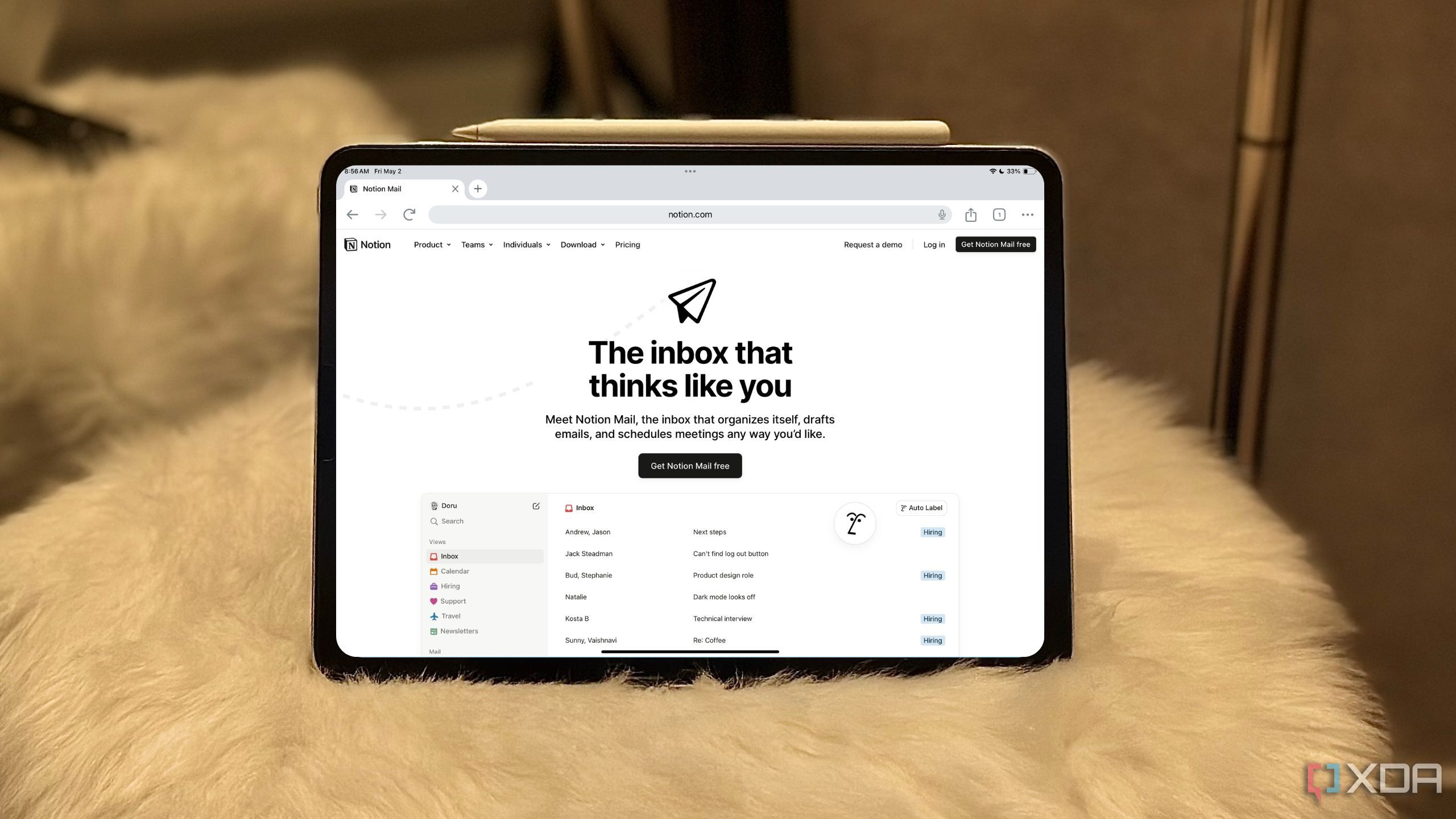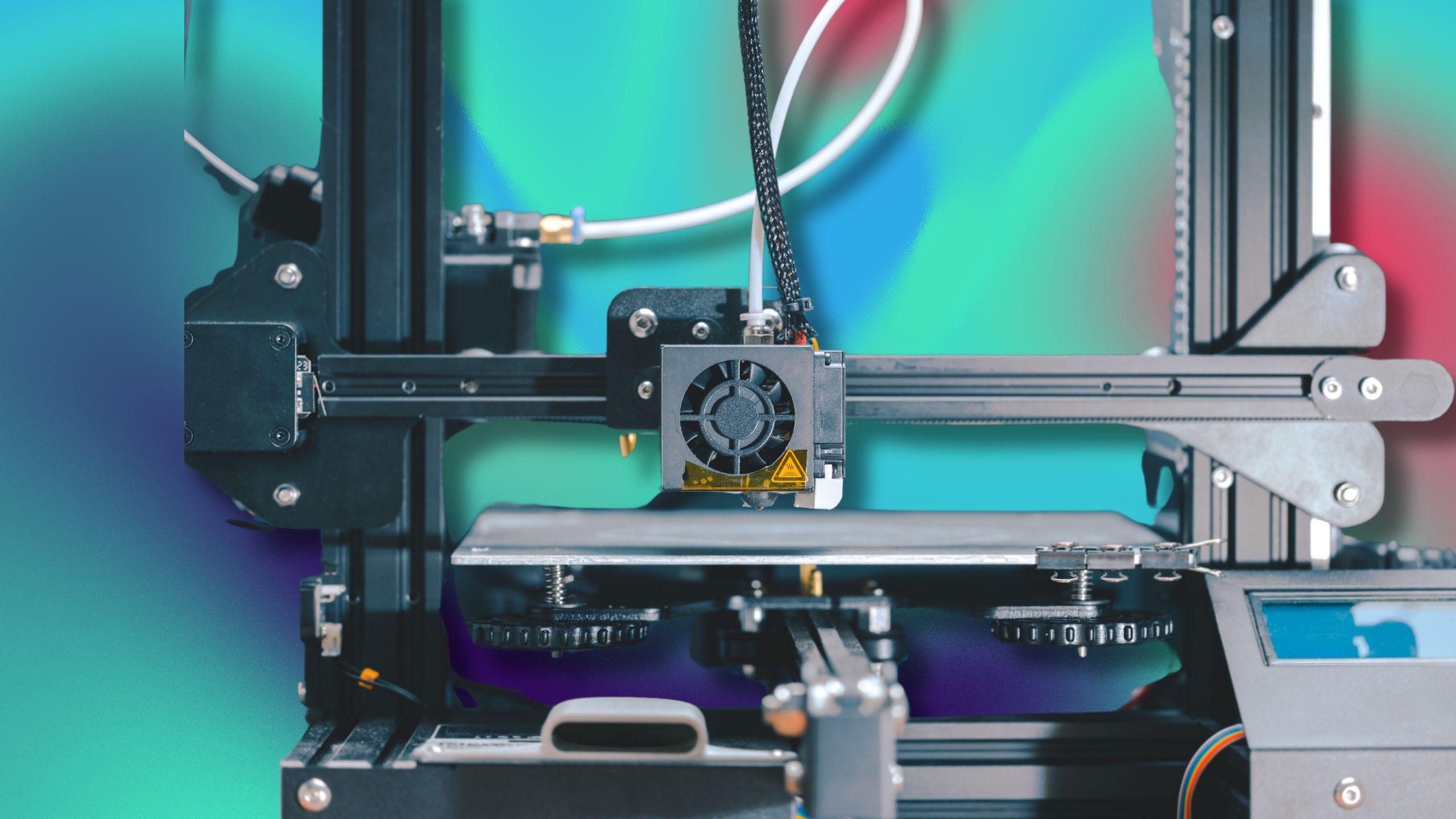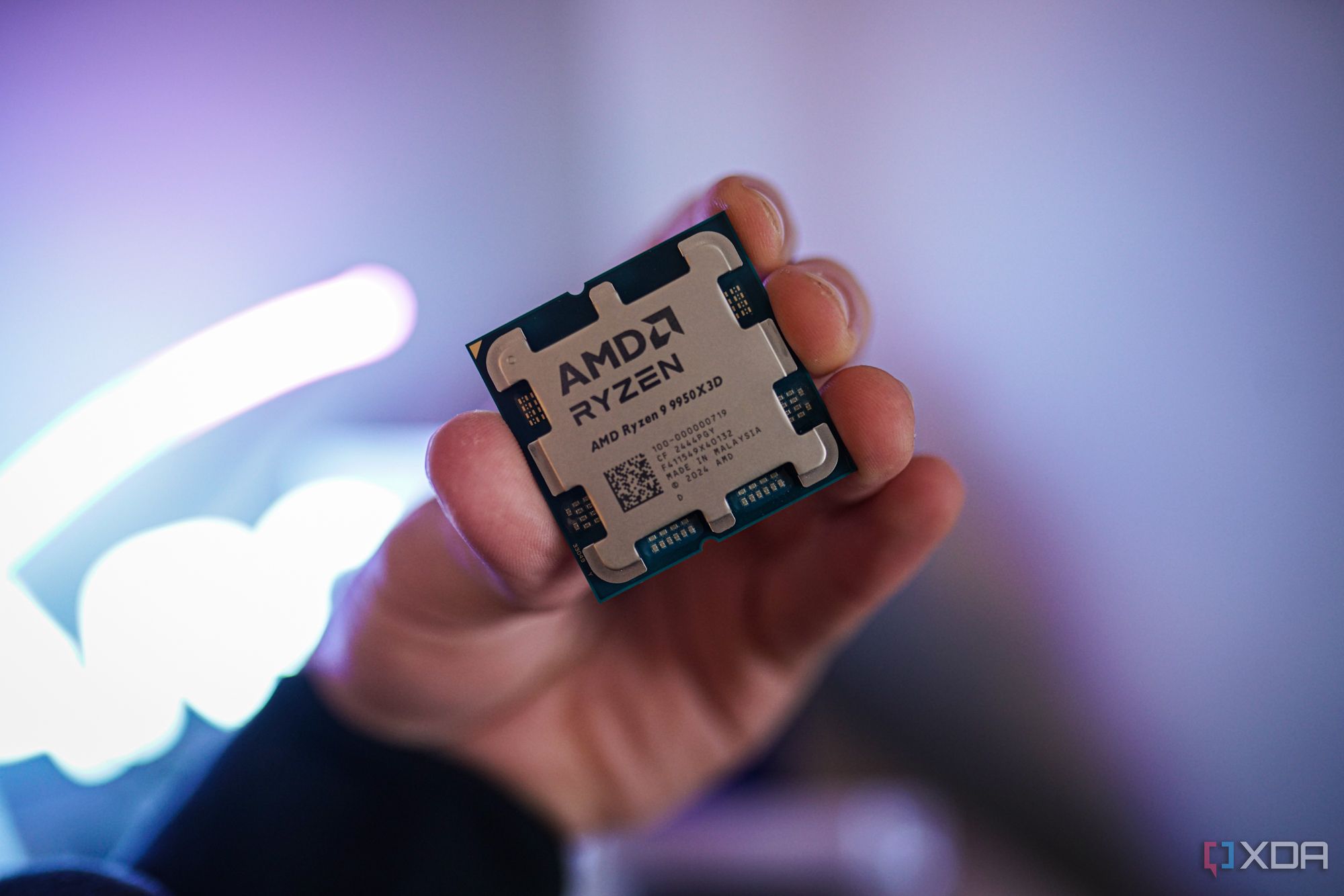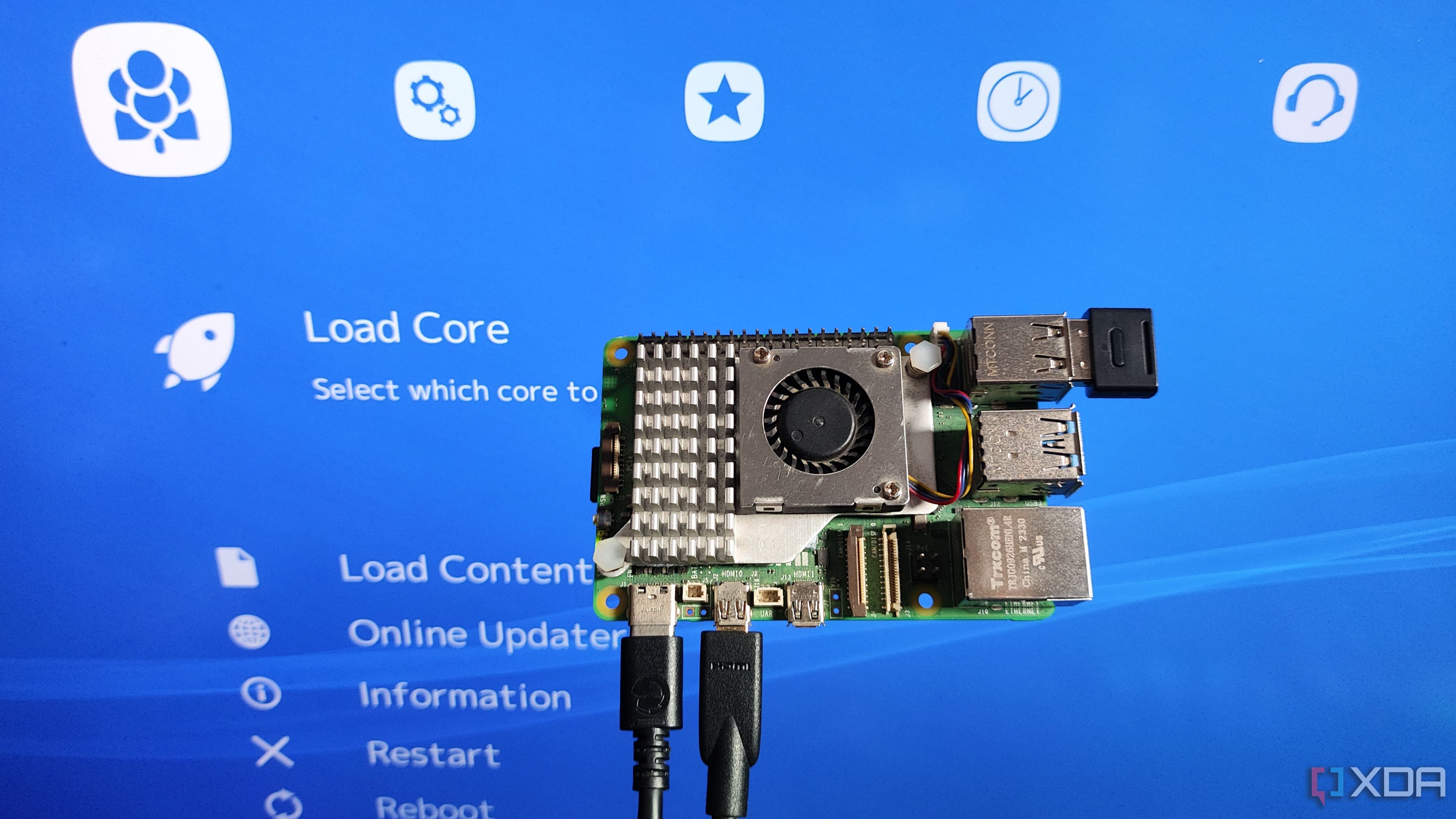


Mindful decisions today prevent regret and wasted effort tomorrow, supporting long-term habit building and personal growth. This approach is similar to planting a tree: the actions we take now, no matter how small, can bear fruit in the future. Consistently aligning daily choices with future objectives creates a strong foundation for success. Just as a garden requires regular tending to avoid weeds, our habits need mindful attention to prevent setbacks. By evaluating impulses against long-term goals, we can make decisions that support our desired outcomes and reduce the chance of needing to undo actions later.
Past actions shape current outcomes, and every choice contributes to the trajectory of our lives. When we focus on intentional progress, we minimize distractions and build momentum. Experts advise visualizing future consequences before acting, which helps in making informed decisions. For example, reflecting on how a task aligns with weekly goals can clarify its importance. Over time, this practice becomes second nature, leading to more consistent routines and fewer regrets. The result is a more effective approach to time management, where every action is purposeful and supports long-term growth.

Switching to Notion Mail revolutionizes how we approach digital communication and productivity. By integrating emails directly into your Notion workspace, this tool eliminates the constant context-switching that fragments attention and diminishes productivity. Think of it as creating a central command center for all your information needs—emails, tasks, notes, and project details all live in one customizable environment. For knowledge workers juggling multiple projects, this centralization is game-changing. You can instantly transform an email into a task, add it to a project board, or reference it in your notes without leaving the platform.
The real power of Notion Mail lies in its flexibility and integration capabilities. Users report saving 30-45 minutes daily by eliminating app-switching alone. When an important client email arrives, you can immediately create action items, share relevant details with team members, and link it to existing project documentation. This seamless workflow maintains momentum and focus. Industry experts like productivity coach Thomas Frank note that "unified workspaces reduce cognitive load by eliminating decision fatigue about where information should go." The learning curve is surprisingly gentle—most users report feeling comfortable with the system within 3-5 days of regular use.
Beyond convenience, Notion Mail transforms how we think about email management. Rather than treating messages as temporary communications, they become searchable, categorizable knowledge resources. This approach aligns with research showing that contextual information organization improves recall and implementation. For remote teams, this shared context is particularly valuable—everyone can see the same information in its proper relationship to projects and goals. While the transition requires some initial setup, users consistently report that the investment pays dividends in reduced stress and improved information retrieval. As one tech director put it, "I no longer lose important details in the shuffle between apps—everything I need is right where I need it."

A cluttered desk doesn't just look chaotic—research shows it actively impairs cognitive function and focus. Custom 3D-printed mounting solutions offer an elegant, personalized approach to taming workspace disarray. Unlike generic store-bought organizers, 3D-printed mounts can be tailored to your specific devices and workspace configuration. Cable management becomes effortless with printed clips and channels that route cords exactly where you need them, eliminating the "tech spaghetti" that accumulates under most desks. Monitor risers with built-in storage compartments maximize vertical space while keeping frequently used items within easy reach.
The beauty of 3D-printed solutions lies in their adaptability. Device stands can be angled precisely for ergonomic viewing, reducing neck strain during long work sessions. Headphone hooks that attach to desk edges free up valuable surface space while keeping audio gear accessible. For digital artists and designers, custom stylus holders ensure expensive tools don't roll away or get lost in desk clutter. Modular drawer organizers can be designed to fit exact dimensions of small items like memory cards, adapters, and writing implements—eliminating the frustration of rummaging through junk drawers.
Even without owning a 3D printer, these solutions are accessible through online printing services or local makerspaces. Workplace ergonomist Dr. Sarah Chen notes, "Optimized desk organization reduces micro-frustrations that accumulate throughout the workday, preserving mental energy for creative and analytical tasks." For remote workers with limited space, wall-mounted solutions like monitor brackets with integrated cable management can transform a cramped corner into a functional workspace. The psychological benefits extend beyond efficiency—design psychologists have documented how personalized, well-organized environments foster a sense of control and reduce workplace anxiety. By investing a few hours in designing and implementing these custom solutions, you're creating an environment that supports sustained focus and reduces the cognitive tax of visual clutter.

Undervolting—the practice of reducing voltage supplied to computer components while maintaining clock speeds—remains remarkably relevant in today's computing landscape despite advances in chip manufacturing. Modern processors from both Intel and AMD still ship with voltage headroom that can be optimized for significant gains in thermal efficiency and battery life. For laptop users, undervolting can extend battery runtime by 15-30% in real-world scenarios, transforming a 6-hour work session into nearly 8 hours without performance penalties. Desktop users benefit differently—reduced thermals mean quieter operation, longer component lifespans, and sustained performance during intensive workloads like rendering or compilation tasks.
Hardware engineer Marcus Wei explains: "Manufacturers set default voltages conservatively to accommodate silicon variance and ensure stability across millions of chips. Most individual processors can run stably at lower voltages, essentially leaving free performance on the table." Recent testing with the latest Intel 13th gen and AMD Ryzen 7000 series processors demonstrates that even cutting-edge chips respond positively to undervolting, with temperature reductions of 5-12°C under load. These thermal improvements translate directly to performance benefits, as modern processors dynamically adjust their performance based on thermal headroom.
The process has become more accessible with tools like Intel XTU, AMD Ryzen Master, and ThrottleStop offering user-friendly interfaces for voltage adjustment. The key to successful undervolting lies in methodical testing—reducing voltage in small increments and verifying stability with benchmarks and real-world workloads. While the technique requires some technical comfort, the learning curve is gentler than overclocking and carries fewer risks. Power users report additional benefits beyond the obvious metrics: reduced fan noise creates a more pleasant work environment, while lower operating temperatures can extend hardware longevity. For professionals who depend on their systems for income, this preventative maintenance approach ensures more consistent performance and potentially fewer replacement cycles. As computing demands grow more intensive with AI workloads and complex applications, optimizing power efficiency becomes increasingly valuable.
After experimenting with dozens of financial management tools, I've discovered that open-source expense trackers offer unmatched versatility and transparency for building sustainable financial habits. Unlike commercial alternatives that lock features behind subscription paywalls, open-source solutions provide complete functionality without recurring costs. The particular tool I've settled on combines intuitive design with powerful customization options, allowing users to track everything from daily coffee purchases to complex investment portfolios. Financial advisor Rebecca Wong notes, "The best expense tracker is the one you'll actually use consistently," and open-source options excel in removing friction from the tracking process.
Privacy concerns are increasingly relevant when tracking sensitive financial data. Open-source solutions address this by keeping your financial information under your control, rather than storing it on third-party servers where it might be monetized or compromised. Most open-source trackers offer self-hosting options, meaning your data resides only on your devices or personal cloud storage. For families managing shared expenses, these tools typically support multiple users with customized access levels—perfect for teaching older children financial responsibility while maintaining parental oversight.
The flexibility of open-source software becomes apparent when tax season arrives. Custom categories and tags make it simple to identify tax-deductible expenses throughout the year rather than scrambling to reconstruct spending patterns in April. Many users report saving hundreds of dollars in deductions they would have otherwise missed. The community-driven development model means that bugs get fixed quickly and feature requests receive serious consideration—unlike corporate products where development priorities are determined by profit potential rather than user needs. Regular contributors ensure compatibility with changing financial technologies like cryptocurrency and emerging payment platforms. For those concerned about ease of use, modern open-source trackers have invested heavily in user experience design, with intuitive interfaces that rival or exceed commercial offerings. The learning investment pays dividends through greater financial awareness and control, with many users reporting that they've reduced unnecessary spending by 15-20% simply through increased visibility into their habits.

Lakka transforms an affordable Raspberry Pi into a powerful retro gaming console that rivals commercial systems costing hundreds more. Based on the renowned RetroArch emulation platform, Lakka delivers a streamlined, console-like experience optimized specifically for living room gaming. The lightweight Linux distribution boots directly into a polished interface reminiscent of the PlayStation 3, navigable with any standard controller. This purpose-built approach eliminates the complexity that often accompanies DIY projects—no Linux commands or configuration files to edit, just plug-and-play simplicity that appeals to both technical enthusiasts and casual gamers alike.
The emulation performance is where Lakka truly shines. Even on modest Raspberry Pi hardware, the system handles classics from the NES, SNES, Genesis/Mega Drive, and PlayStation 1 eras with excellent frame rates and audio fidelity. More powerful Pi models extend this capability to Nintendo 64, Dreamcast, and even some PlayStation 2 titles. Gaming historian Marcus Johnson notes that "Lakka's optimized emulation cores often provide more accurate reproduction of original hardware behavior than commercial alternatives." This attention to authentic experience extends to controller support—nearly any USB gamepad, Bluetooth controller, or even original console controllers (with appropriate adapters) work seamlessly with automatic configuration.
Beyond pure emulation quality, Lakka incorporates quality-of-life features that enhance the retro gaming experience. Auto-save functionality creates recovery points to prevent lost progress in notoriously difficult vintage games. Shader options can simulate CRT displays for authentic visual aesthetics or apply modern enhancements like anti-aliasing and texture filtering. The integrated scraper automatically downloads box art, game descriptions, and metadata to create a visually appealing library. For multiplayer enthusiasts, the system supports up to 8 controllers simultaneously for local competitive and cooperative play. The active community surrounding Lakka ensures regular updates that improve performance and compatibility while expanding the supported game library. For anyone looking to rediscover gaming classics or introduce a new generation to foundational titles, Lakka provides the most accessible and polished platform available on affordable hardware.
